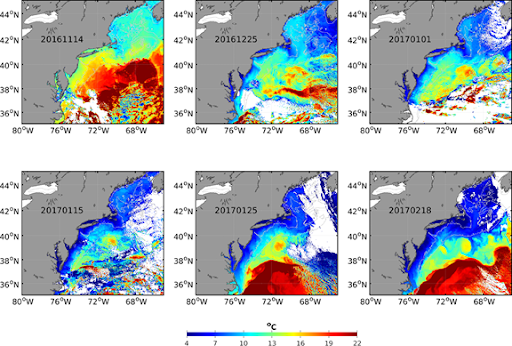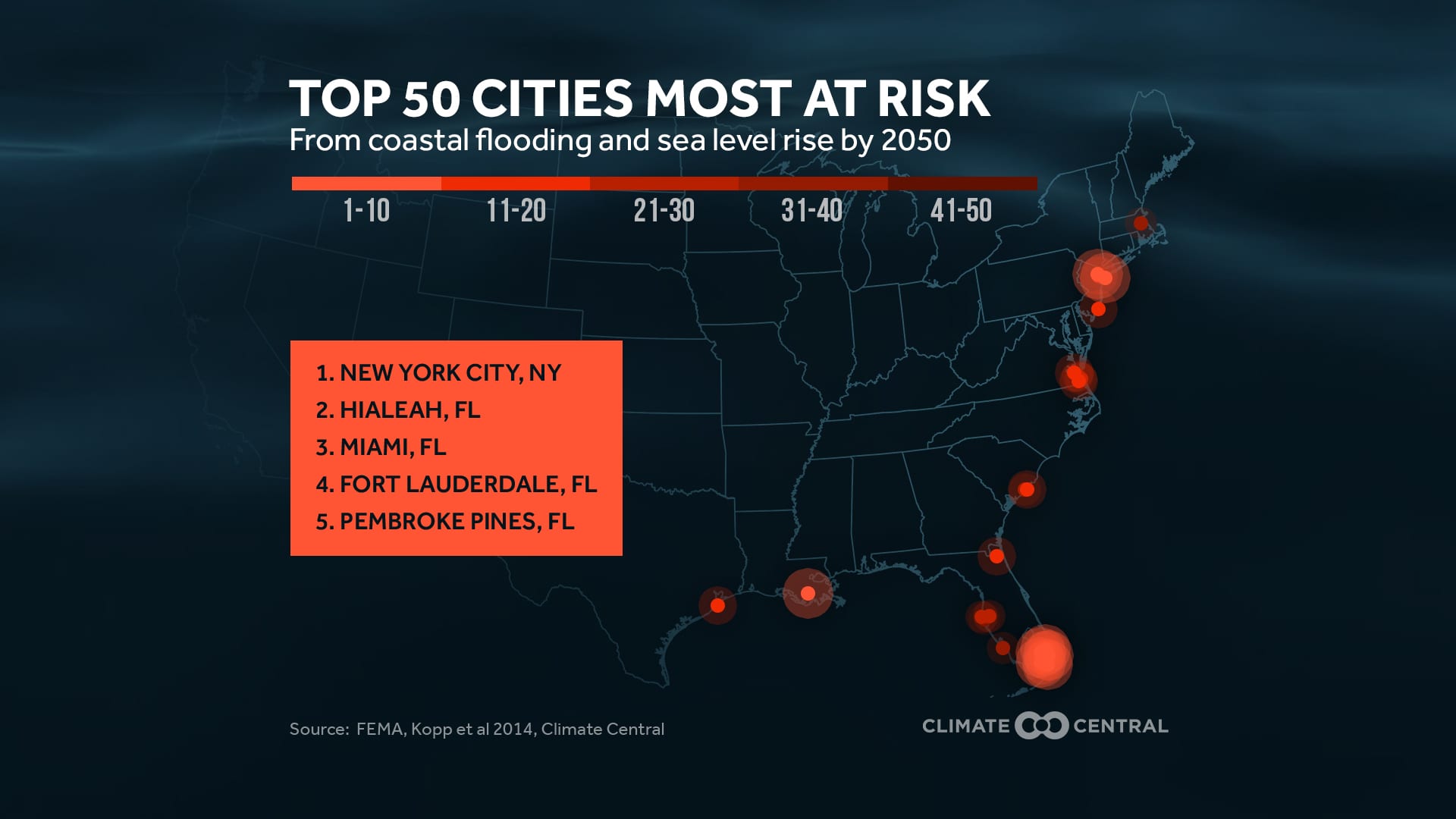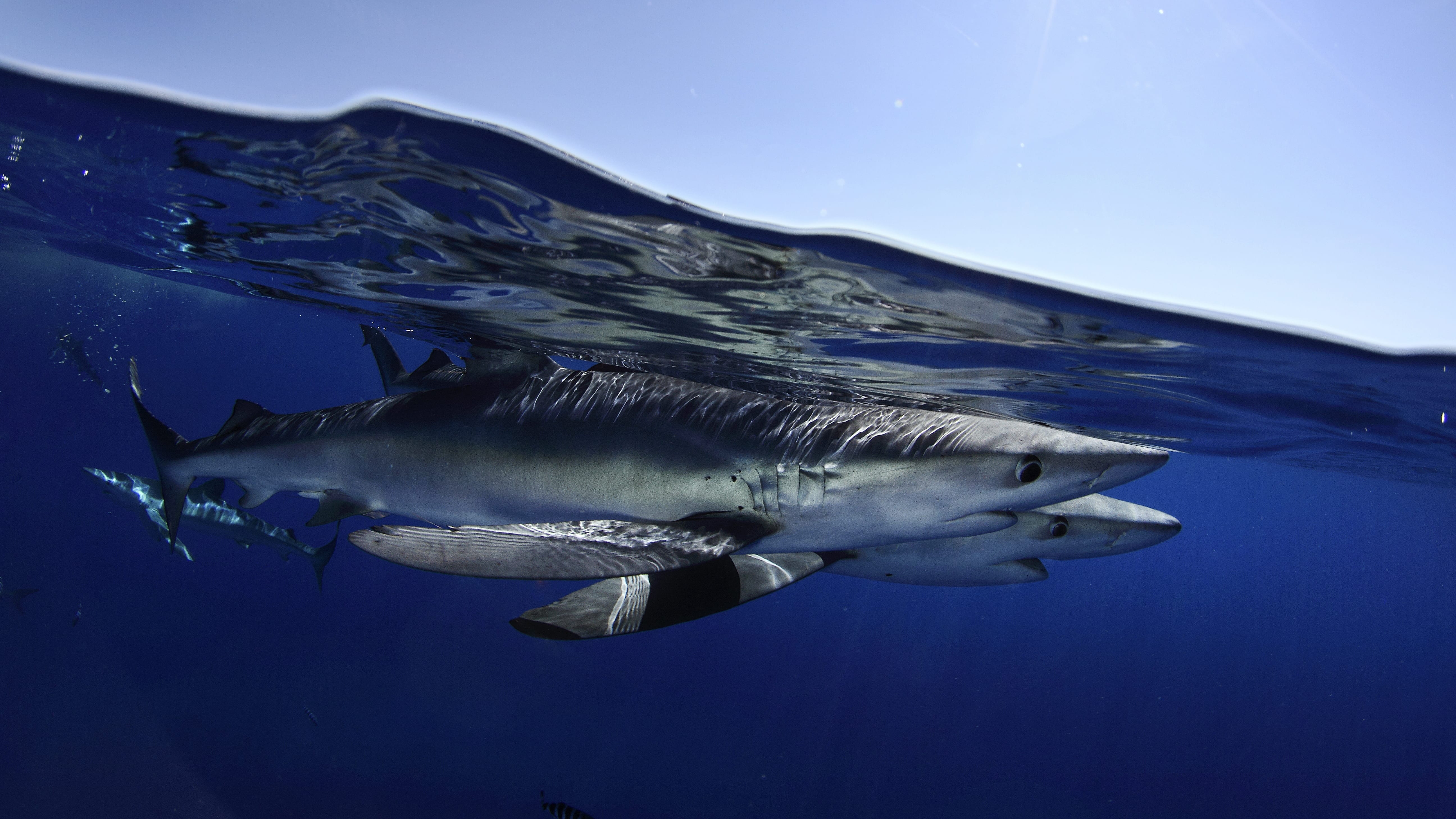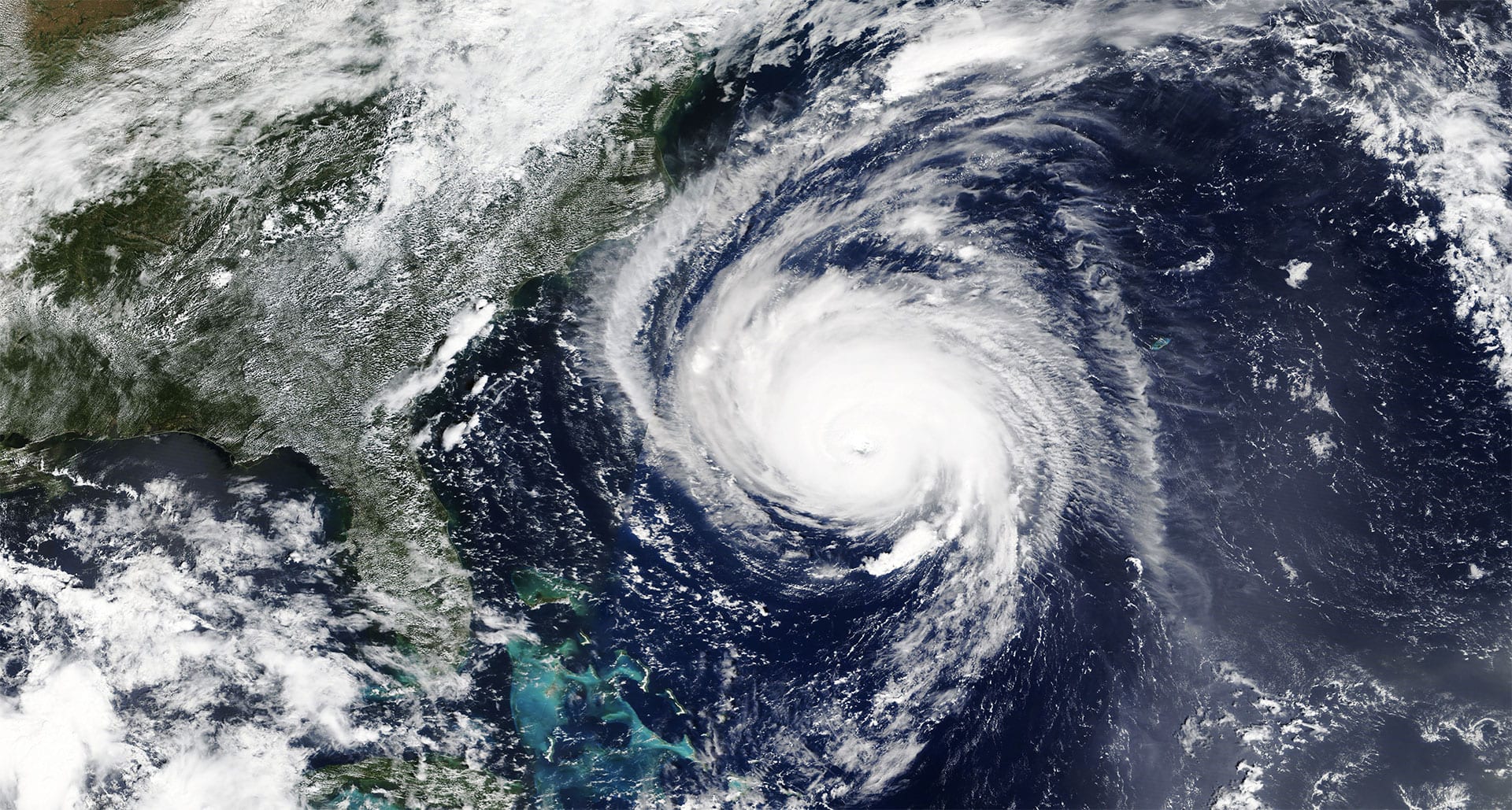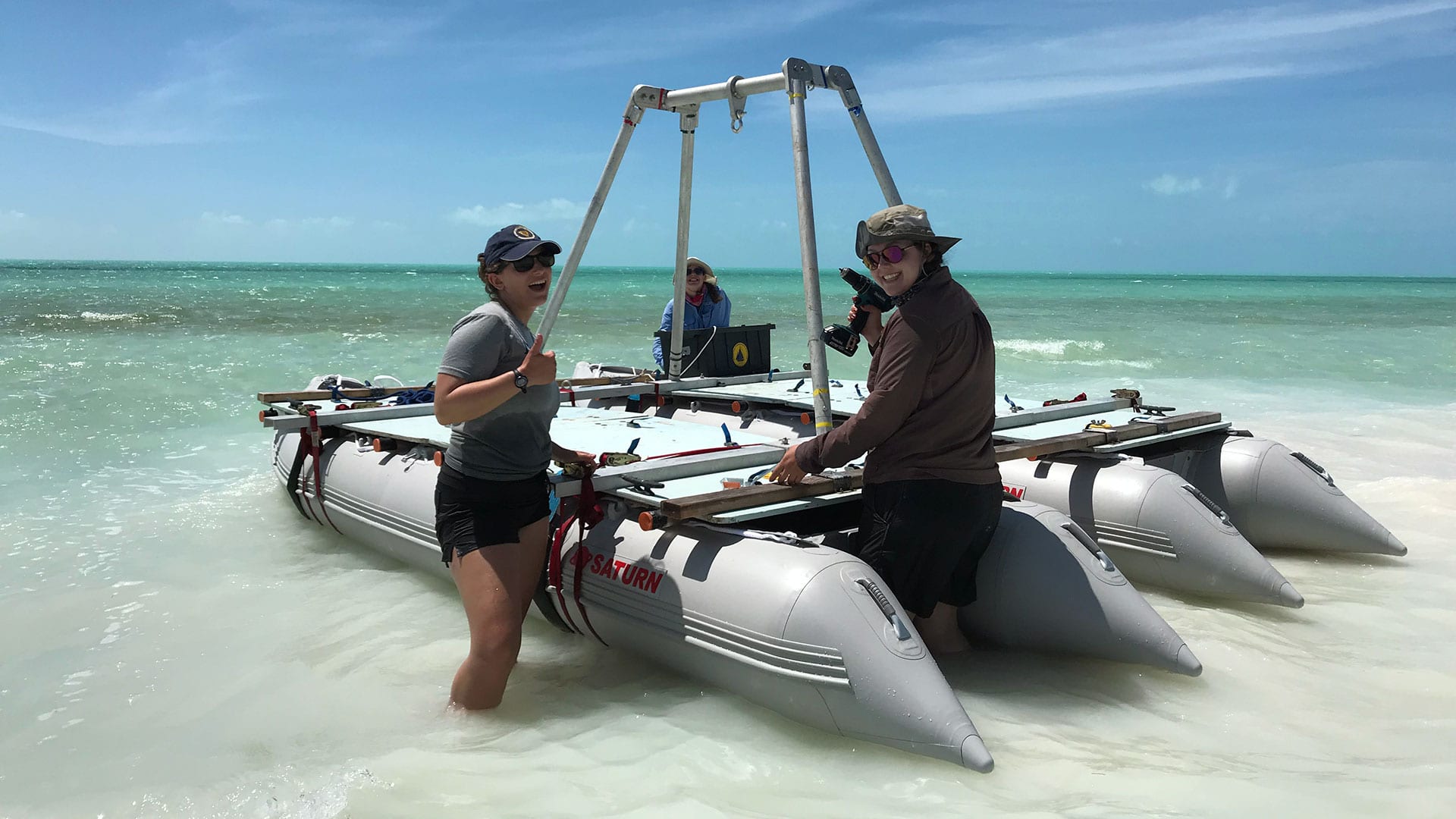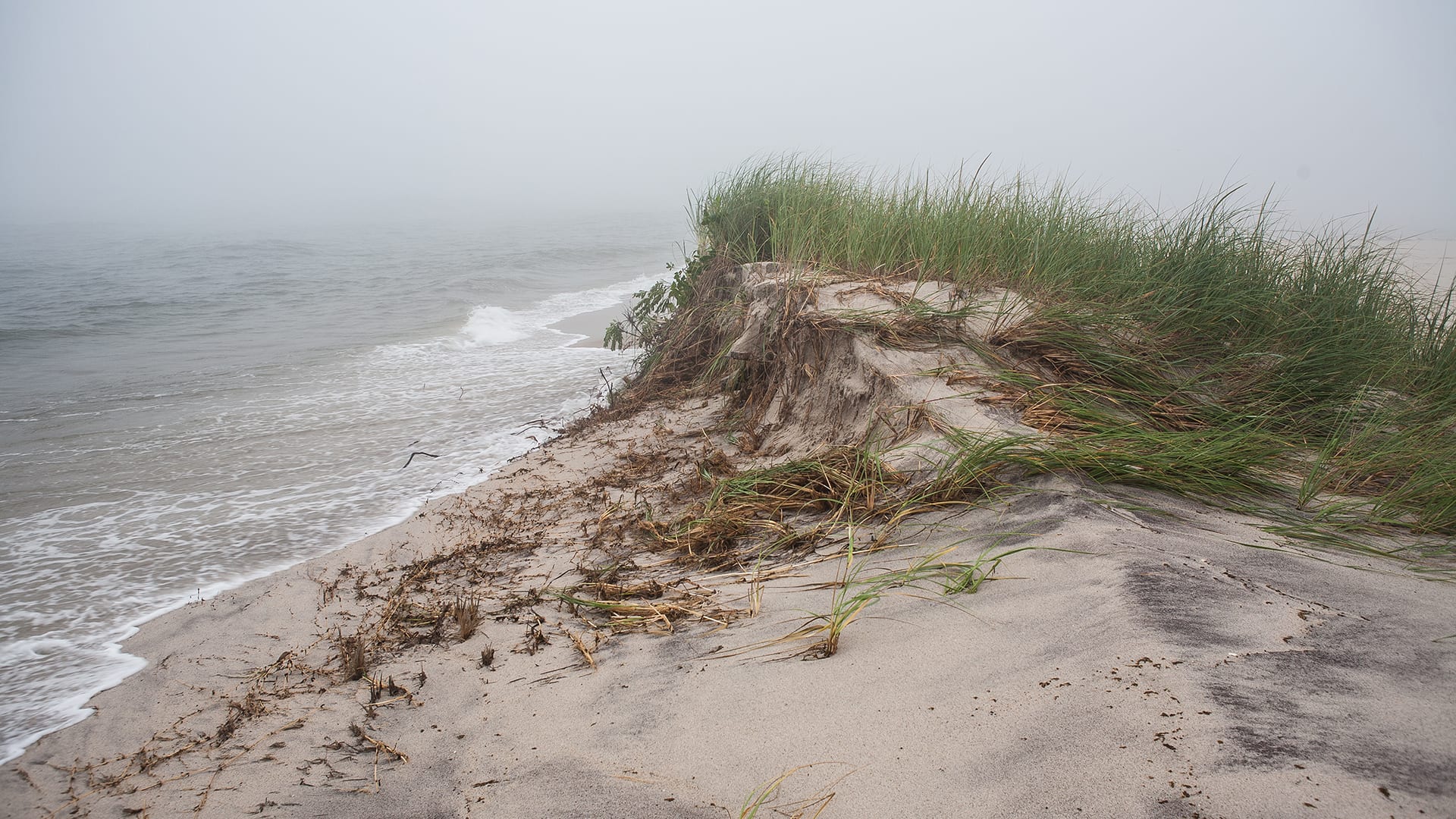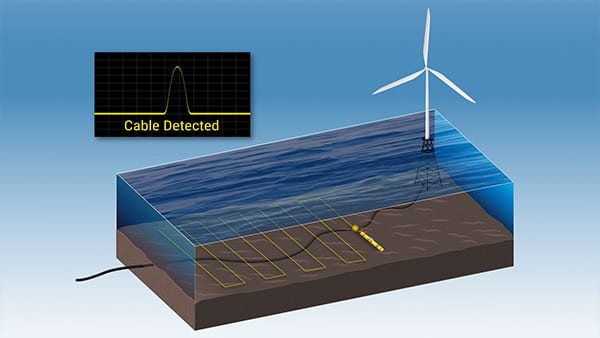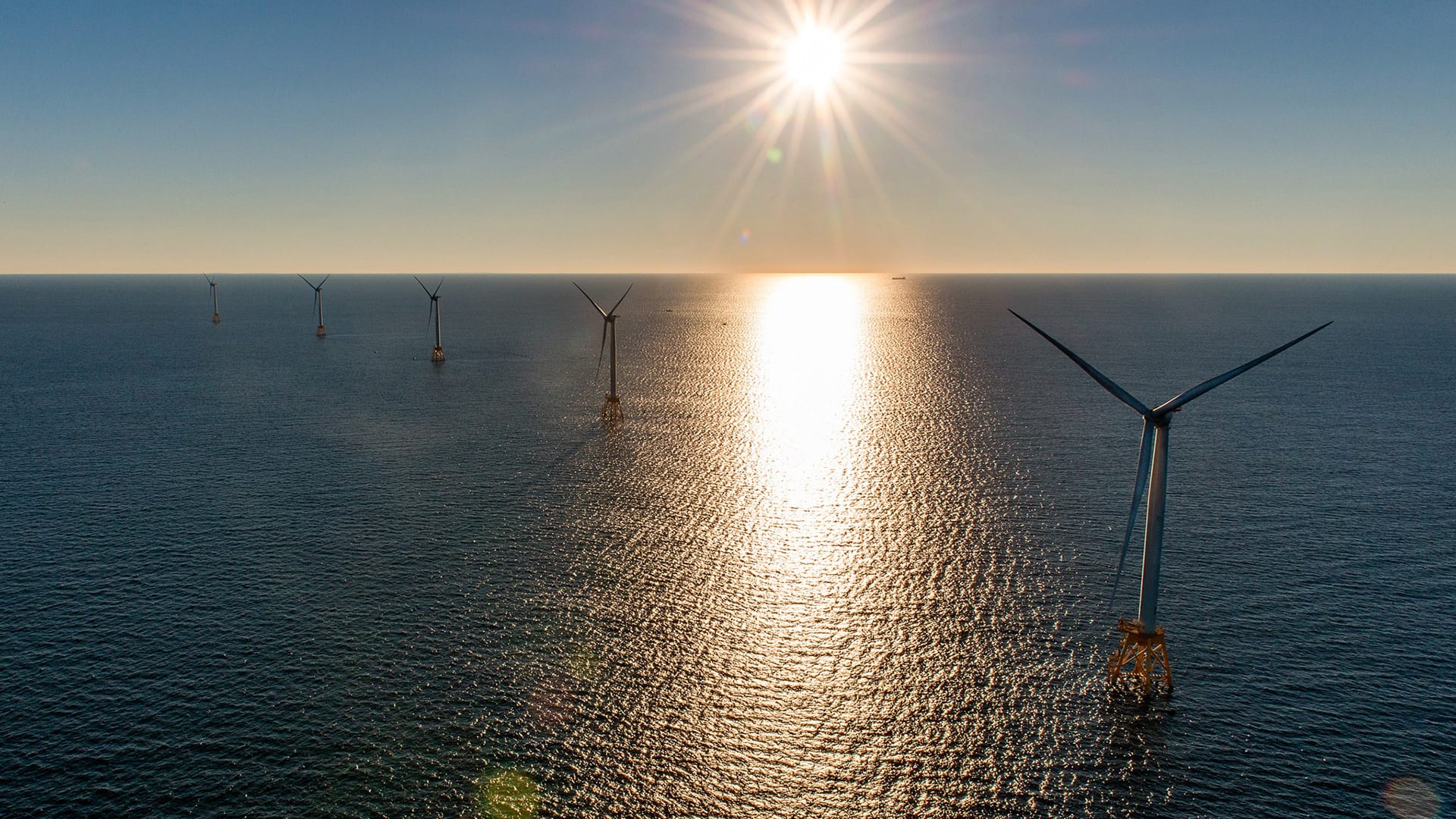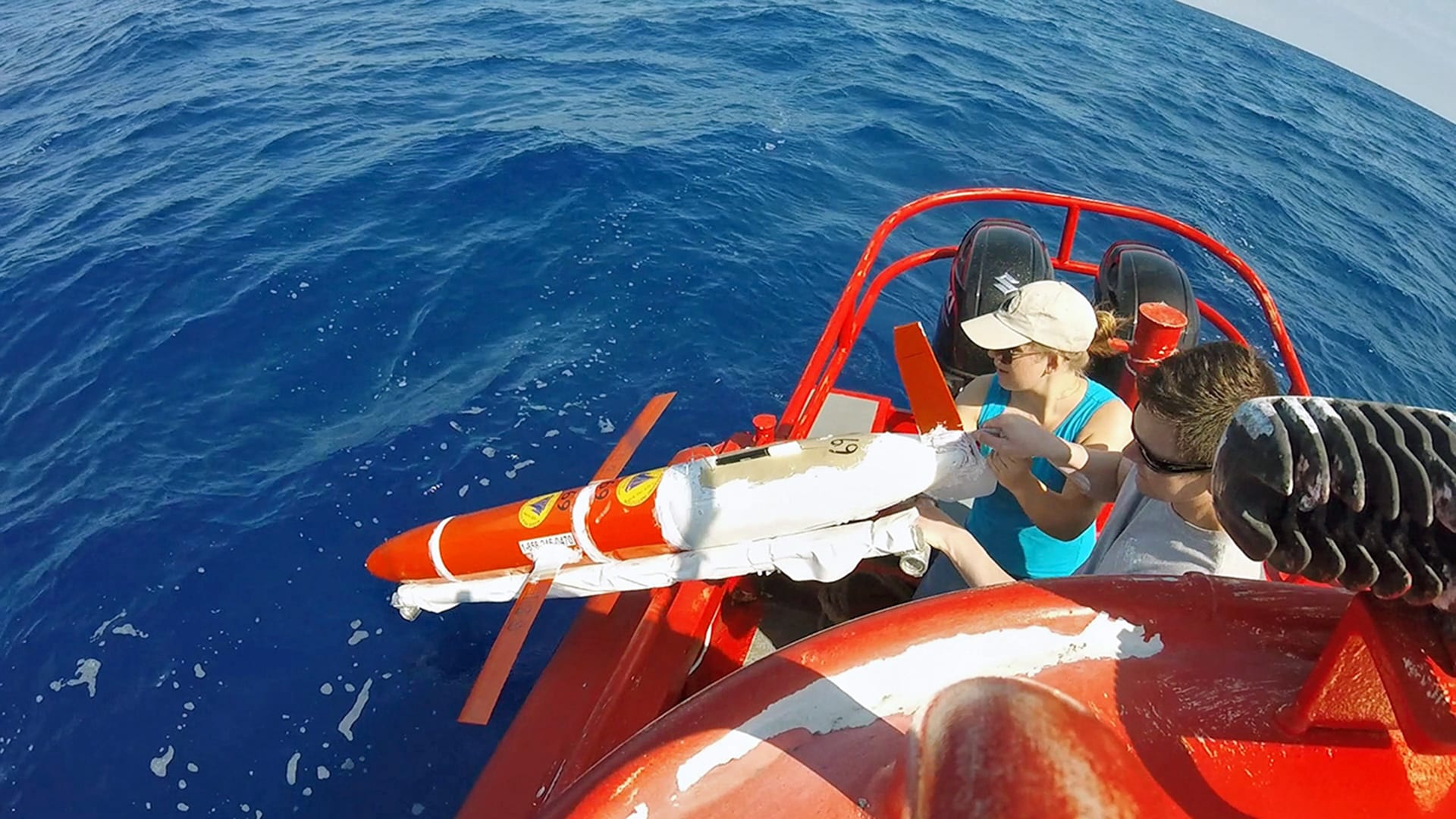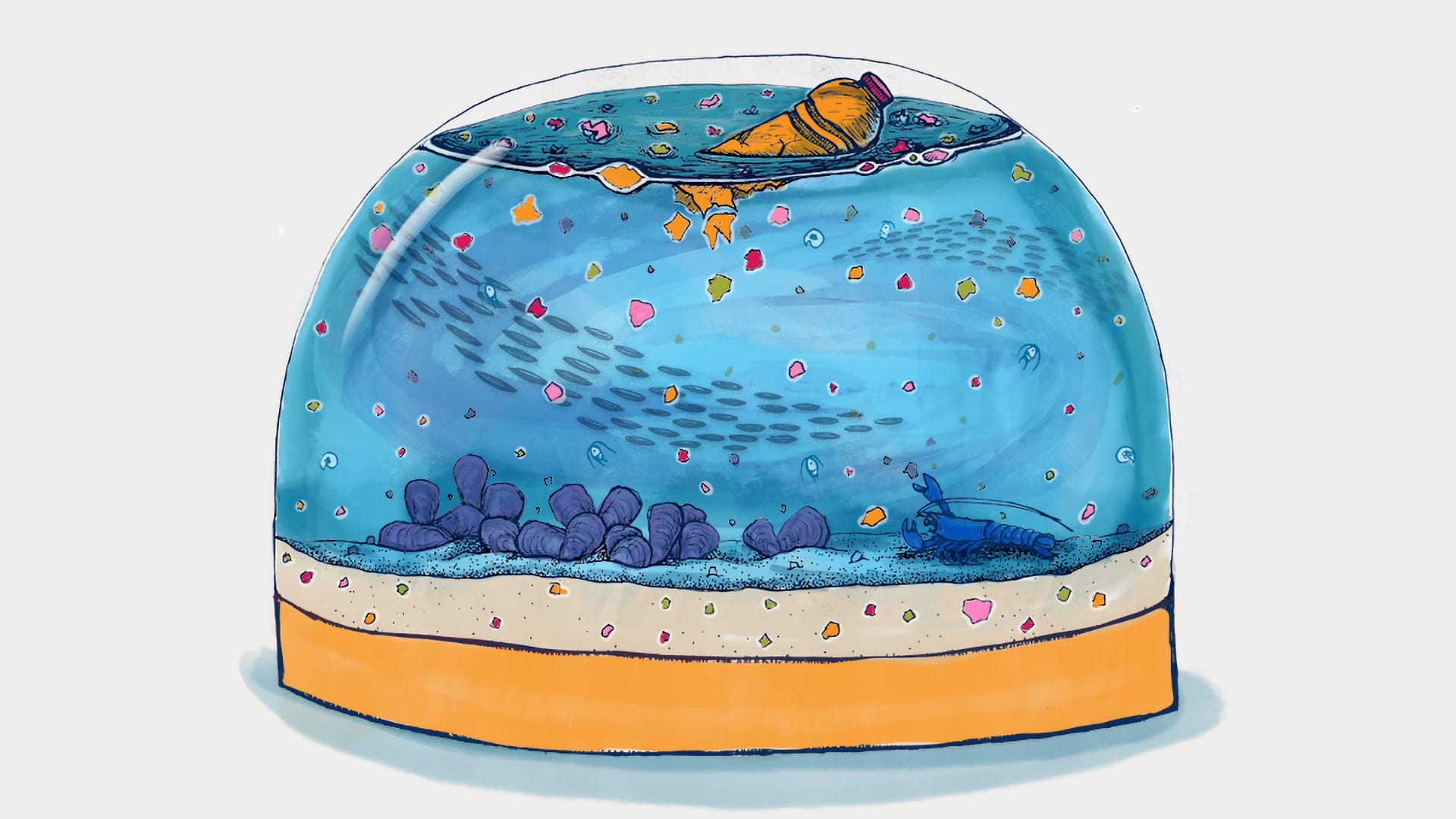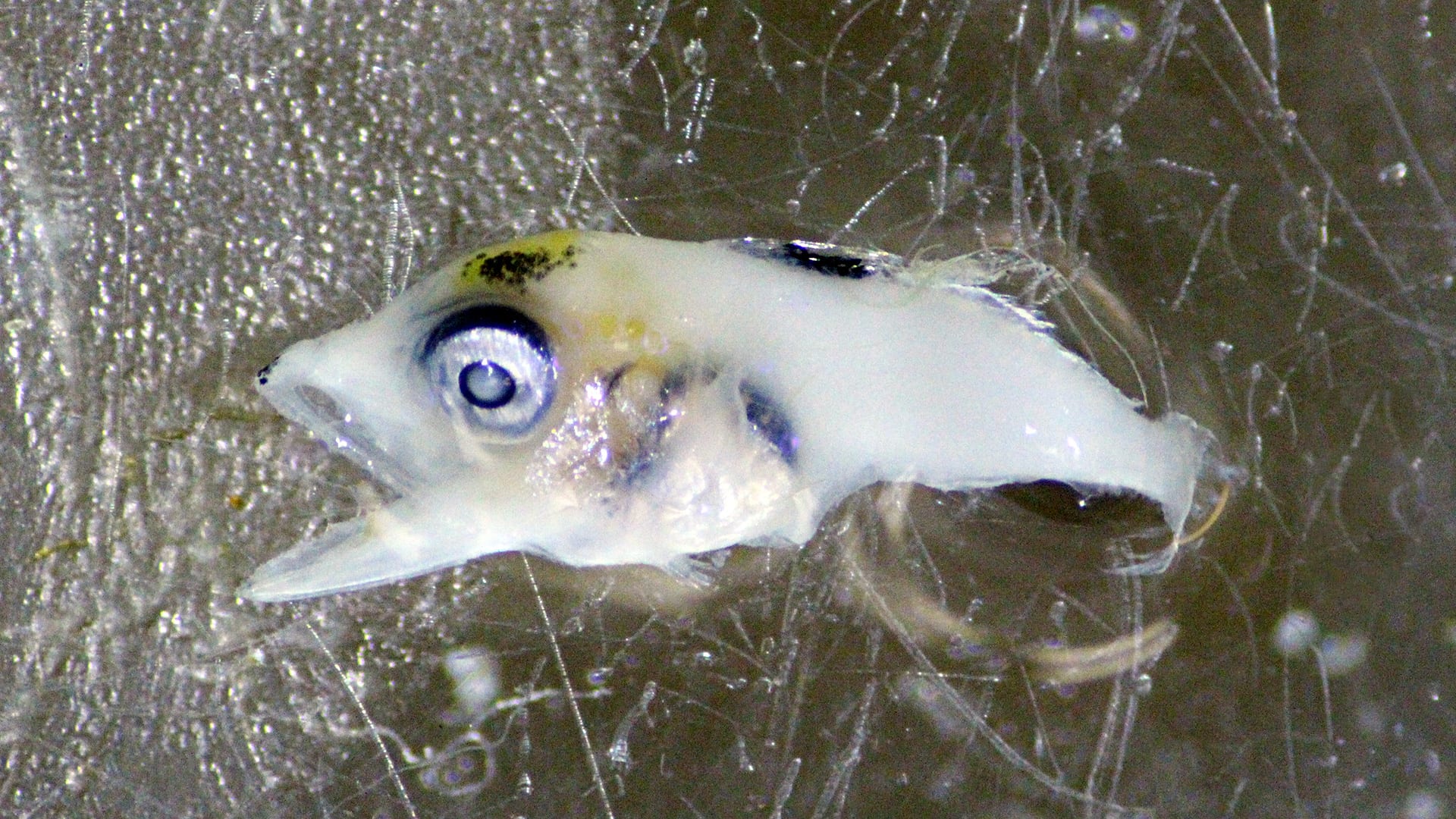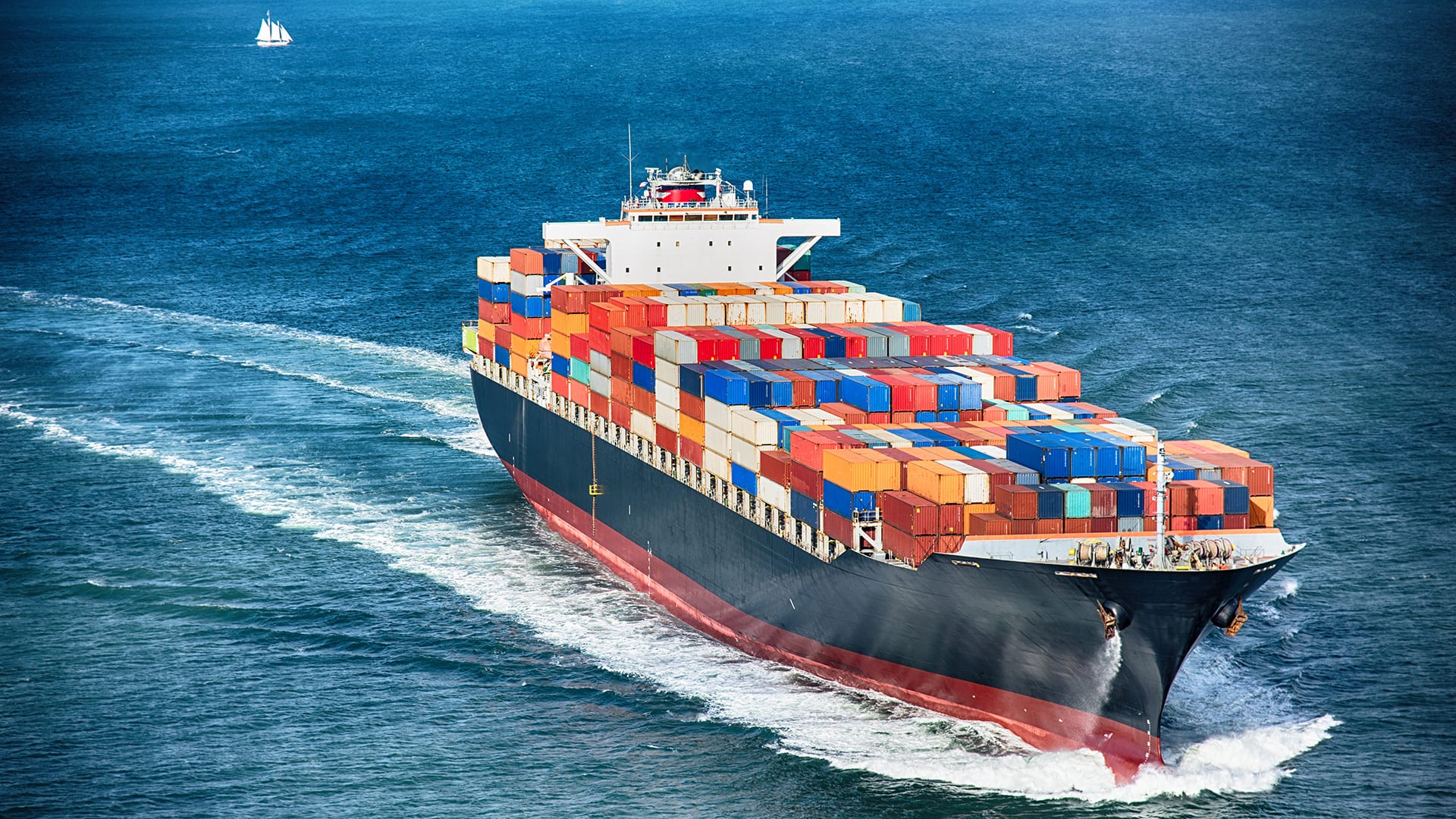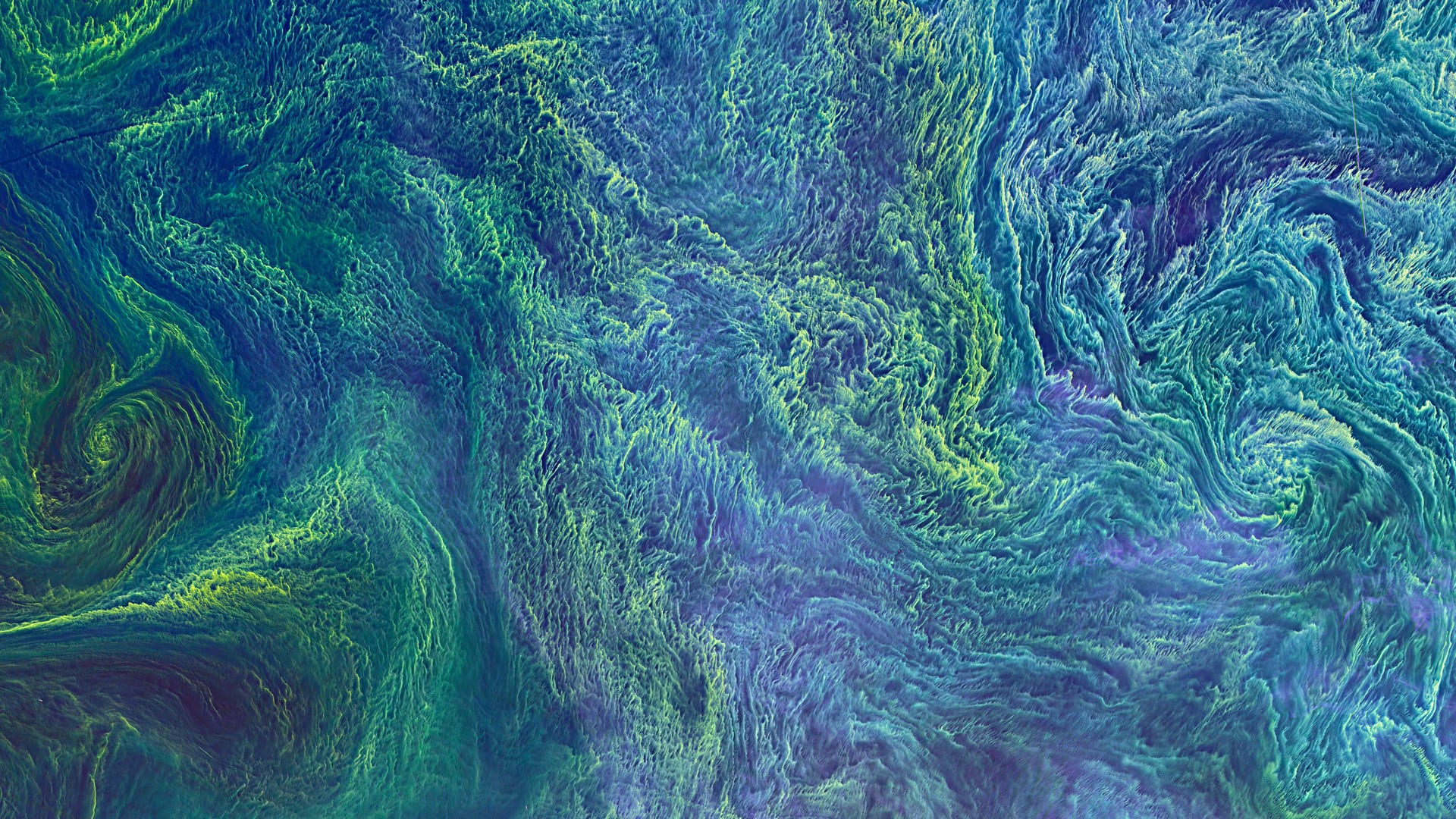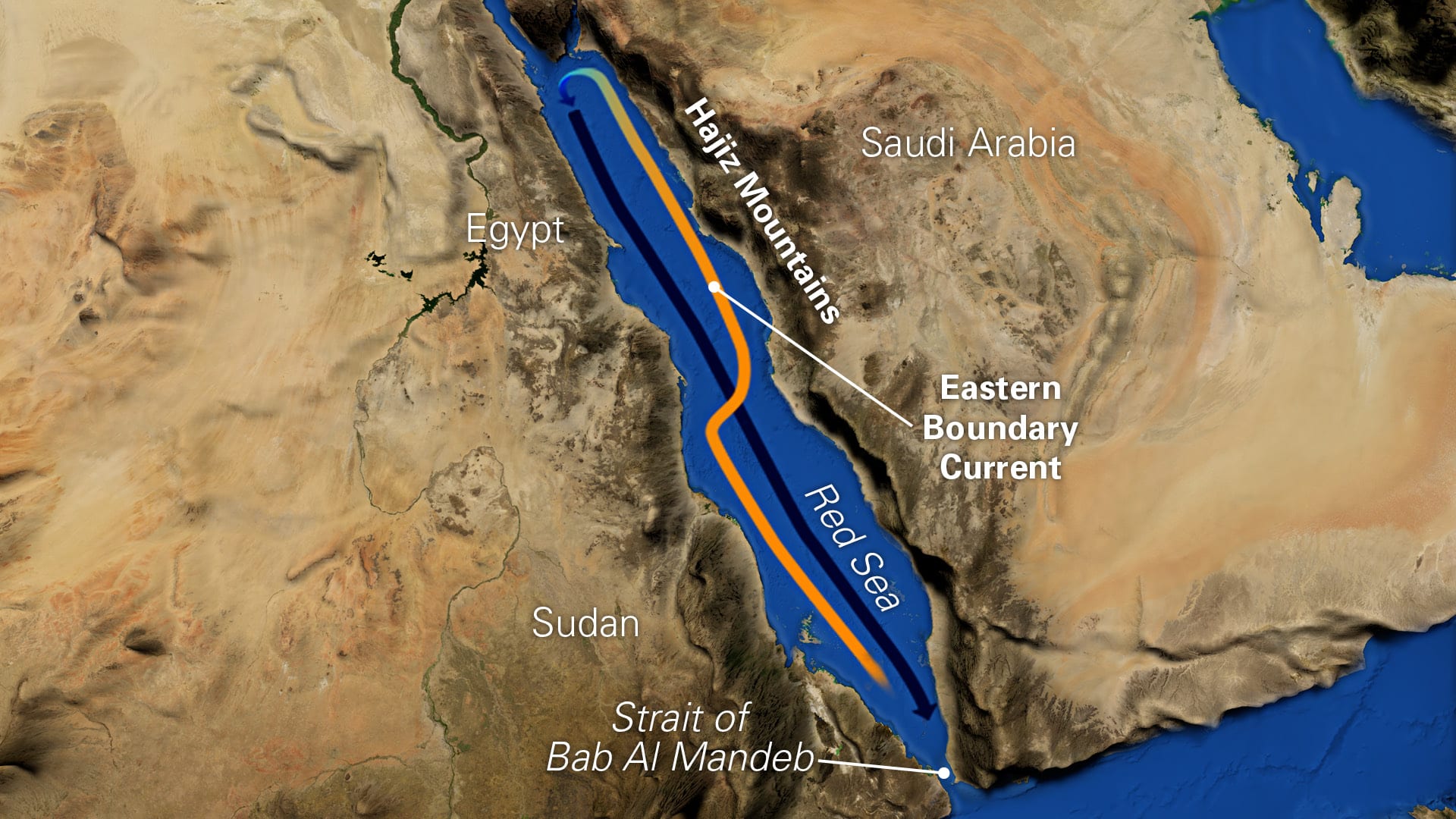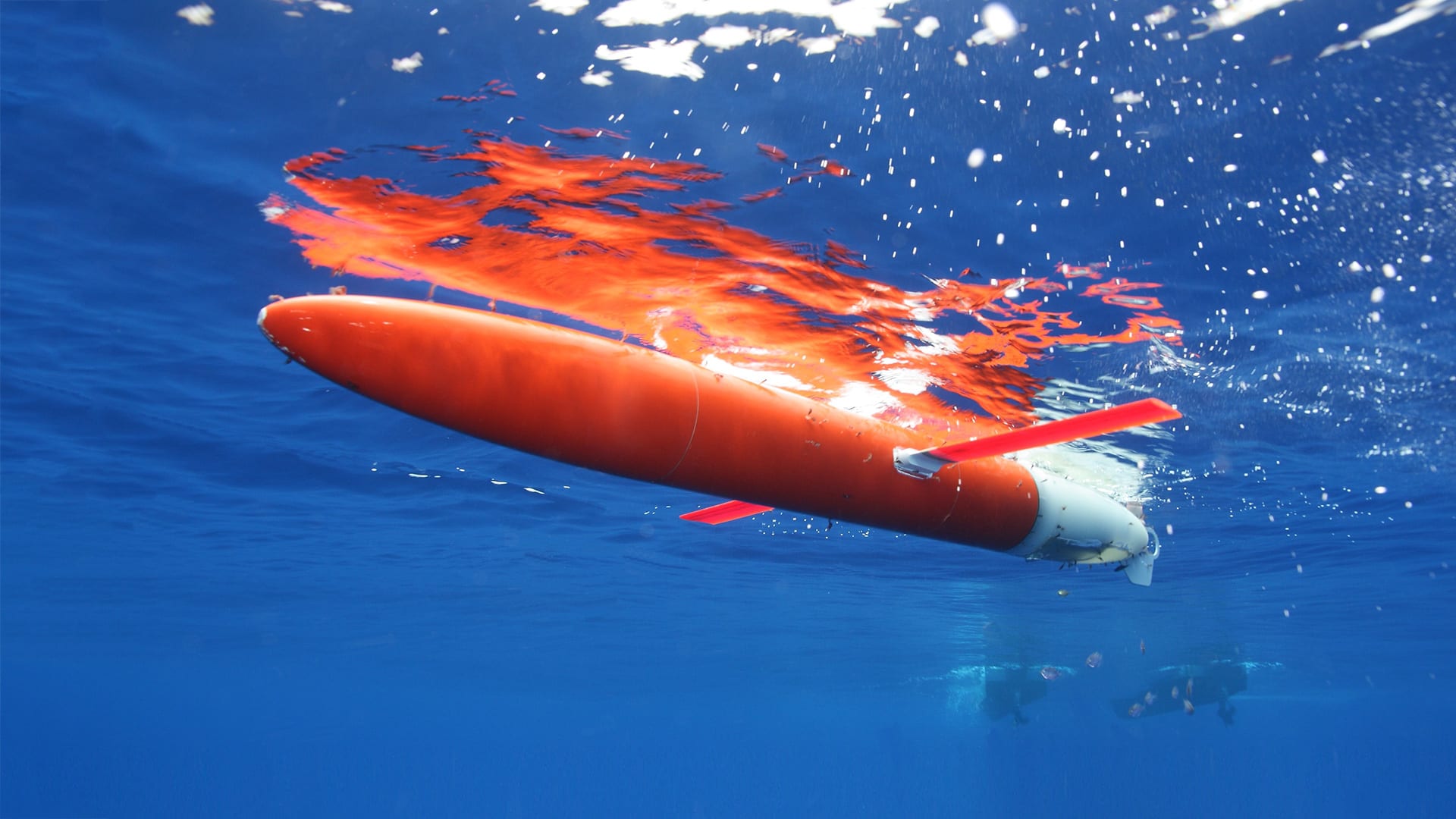Physical Oceanography
Characteristics of an advective marine heatwave in the Middle Atlantic Bight in early 2017
Gawarkiewicz, G., Chen, K., Forsyth, J., Bahr, F., Mercer, A. M., Ellertson, A., Han, L. 2019. Characteristics of an advective marine heatwave in the Middle Atlantic Bight in early 2017.…
Read MoreGlobal heating supercharging Indian Ocean climate system
Global heating is “supercharging” an increasingly dangerous climate mechanism in the Indian Ocean that has played a role in disasters this year including bushfires in Australia and floods in Africa.
Read MoreWHOI scientists weigh in on sea level rise impact study
When it comes to future sea level rise, most studies predict we’ll see between four to eight inches of global sea level rise between now and 2050. The looming question is—how many people will be affected by rising seas in the coming decades?
Read MoreNew report takes in-depth look at three factors contributing to sea level rise along the U.S. East Coast
A new report from Woods Hole Oceanographic Institution (WHOI) discusses some of the science of sea level rise and highlights three key processes that contribute to the phenomenon. Produced in…
Read MoreOceanographer wins big money in rainfall forecasting contest
Rainfall forecasting is big money! For over 40 years, Ray Schmitt has been a physical oceanographer at Woods Hole Oceanographic Institution.
Read MoreDense Antarctic water returning to the Atlantic
“This region, the Scotia Sea, is unique in that it hosts several different physical mechanisms which launder dense water to make it lighter within a relatively small basin (the Southern…
Read MoreA tunnel to the Twilight Zone
Scientists track hungry blue sharks as they ride swirling currents down to the ocean twilight zone—a layer of the ocean containing the largest fish biomass on Earth
Read MoreExtreme ice melt in Greenland threatens coastal communities across the world, scientists warn
“We control how much greenhouse gases we put in atmosphere,” said Sarah Das, a scientist at the Woods Hole Oceanographic Institution. “If we can slow down emissions, we can slow down sea level rise.”
Read MoreWHOI prepares for 2019 Atlantic Hurricane Season
Researchers deploy autonomous underwater vehicles to improve forecasts By Evan Lubofsky | July 18, 2019 Hurricane Florence. Image courtesy of NASA. With the 2019 Atlantic Hurricane season underway, Woods Hole…
Read MoreHurricane Clues from a Caribbean Blue Hole
Scientists look to sediment cores from Caicos Island to gain insights about a monster, modern-day hurricane.
Read MoreMining climate clues from our whaling past
Climate scientists work with historians to tap weather records from old New England whaling logbooks. They hope to leverage the historical data to gain new insights into modern-day climate conditions.
Read MoreMining climate clues from our whaling past
Climate scientists work with historians to tap weather records from old New England whaling logbooks. They hope to leverage the historical data to gain new insights into modern-day climate conditions.
Read MoreStudy Finds No Direct Link Between North Atlantic Ocean Currents, Sea Level Along New England Coast
A new study by the Woods Hole Oceanographic Institution (WHOI) clarifies what influence major currents in the North Atlantic have on sea level along the northeastern United States. The study, published June 13 in the journal Geophysical Research Letters, examined both the strength of the Atlantic Meridional Overturning Circulation (AMOC)—a conveyor belt of currents that move warmer waters north and cooler waters south in the Atlantic—and historical records of sea level in coastal New England.
Read MoreA new way of “seeing” offshore wind power cables
Eager to share best practices and technical know-how with the offshore wind sector, WHOI researchers test out an autonomous underwater vehicle (AUVs)—a staple of oceanographic research—to see if it can perform subsea cable surveys faster and more economically than using large and expensive ships.
Read MoreIn a Spin: New Insights into the Beaufort Gyre
Colonization in slow motion
Quotes (Kirstin Meyer-Kaiser)
Read MoreHarnessing the Power
Can wind developers and ocean scientists work together to get US offshore wind cranking?
Read MoreGliders Reveal Tango Between Hurricanes and the Gulf Stream
Spray gliders cruising the east coast are collecting ocean measurement data that hurricane forecast modelers can use to improve storm intensity forecasts.
Read MoreTracking a Snow Globe of Microplastics
Millions of tons of plastics end up in the global ocean each year, but where does all that material go once it gets there?
Read MoreThe Secret Tuna Nursery
WHOI biologists and physical oceanographers combine expertise to reveal a place in the ocean where some tuna are born.
Read MoreOn (and Below) the Waterfront
The expansion of the New York metropolitan area’s harbor over the decades has led to big but hidden changes in tidal flows that have environmental impacts.
Read MoreThe Living Breathing Ocean
Rainforests have been dubbed the Earth’s lung, but like us, our planet has two lungs. The second one is the ocean.
Read MoreMysteries of the Red Sea
The Red Sea also has several characteristics not seen in other oceans: extremely warm temperatures, high evaporation rates, odd circulation patterns, and a rare current that sometimes disappears in winter.
Read MoreThe Current that Feeds the Galápagos
A small fleet of robotic undersea vehicles paints the first detailed picture of a vast and important current within the ocean that had remained beyond our purview.
Read More
